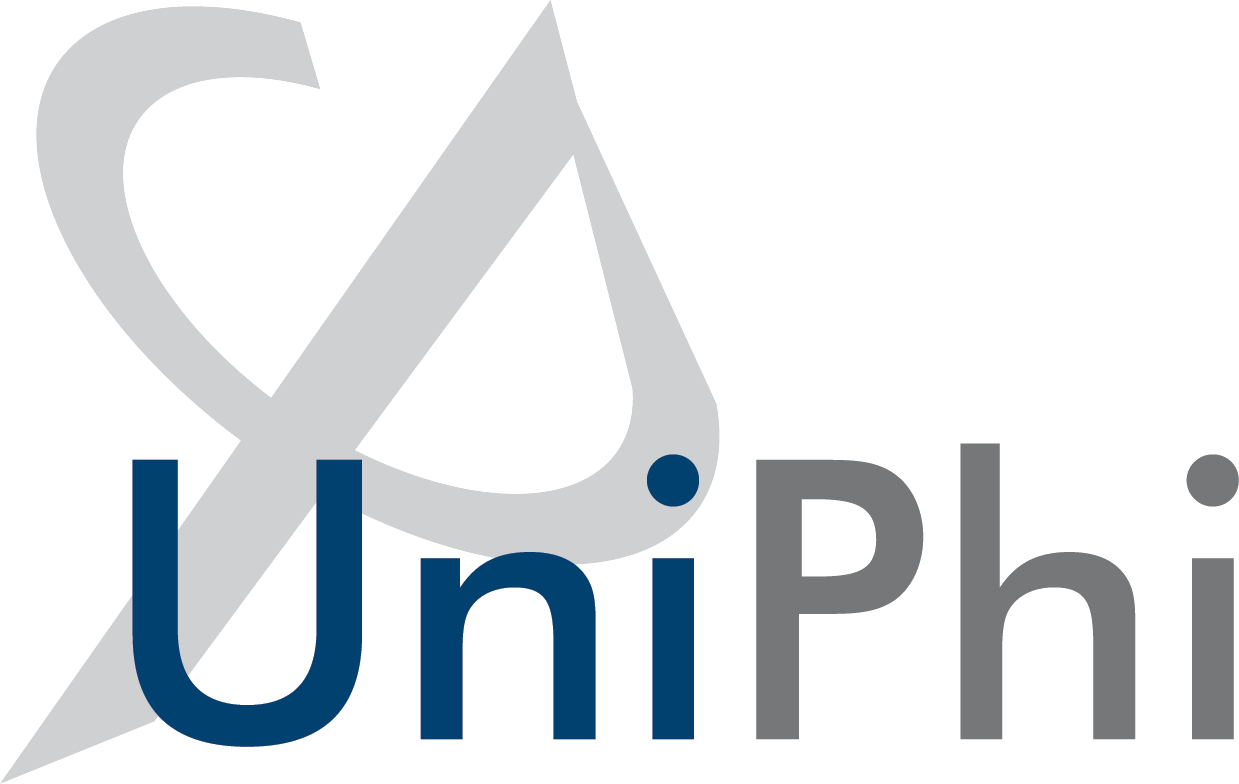Easing Sydney Congestion
Background
To support Sydney’s growing population, the Easing Sydney’s Congestion Program Office is working towards delivering significant improvements to reduce Sydney’s congestion. Key initiatives include the delivery of the M4 Smart Motorway, the Parramatta Congestion Improvement Program and accelerated Pinch Point and Clearways Programs. AECOM was awarded the role of “Consulting Partner for Easing Sydney Sydney’s Congestion Program Office” in 2016 and this contract was extended in 2018 to run through to the end of 2020. In addition to this partnership, AECOM sub-contracted HKA to support the implementation of the project. ESC has a project team of 300 people. 150 of those are design engineers, whilst the rest are sustainability, environment, project managers and support staff.
The Challenge
UniPhi was procured to assist the program team manage the complexity of both front and back office activities to support the management of over 1,000 projects each with 4 design phases each and a series of milestones that amounted to over 20,000 activities. Due to its scale and reporting requirements, managing the information in any other system was seen as an impossible task. Back office activities managed in UniPhi included
• Onboarding people
• Tracking timesheet changes
• Invoicing the client
• Justifying the invoice
• Completing financial estimates to completion
Front line support was provided to the the design engineers to track:
• Design issues
• Progress status
• Earned Value
• RFI response
The Solution
Initially, UniPhi was onboarded to help fix the back-office issues. This was done by importing all project data from individual systems into UniPhi, reconciliation and correction of this data. UniPhi then fast tracked the roll out of its internal timesheet module and training to ESC’s 300 staff members. This enabled team members to capture all timesheet data and changes into the system facilitating the work of the back office in tracking, invoicing and resource management. After solving this initial issue, UniPhi then incorporated the workflows designed by the engineers into the system with 12 design leads and 6 discipline leads allocating tasks via UniPhi to their teams. Design issue logs were maintained in the system and full collaboration was carried out through the tool to resolve these issues and progress the standard tasks.
Resource plans for each stage were uploaded from their multiple external spreadsheets to UniPhi and their milestones were updated in UniPhi with the percentage complete. Each milestone could then be awarded an earned value percentage which was then incorporated into dynamic earned value reports at a stage (e.g. concept design), project (i.e. consolidated across all stages) and portfolio level (i.e. consolidated across the 6,000 project/stage combinations). Post contract RFIs were managed by the design team in UniPhi during the delivery stage allowing for transparent reporting, resulting in response times reducing significantly. Financial data was reconciled between Oracle system for AECOM and SAP system for RMS and integrated into UniPhi via our open APIs (which fed SAP via CSV upload). UniPhi then became the source of truth for project financial data for both AECOM and RMS.











